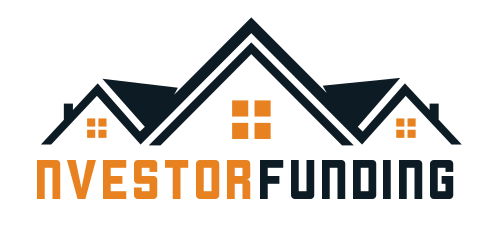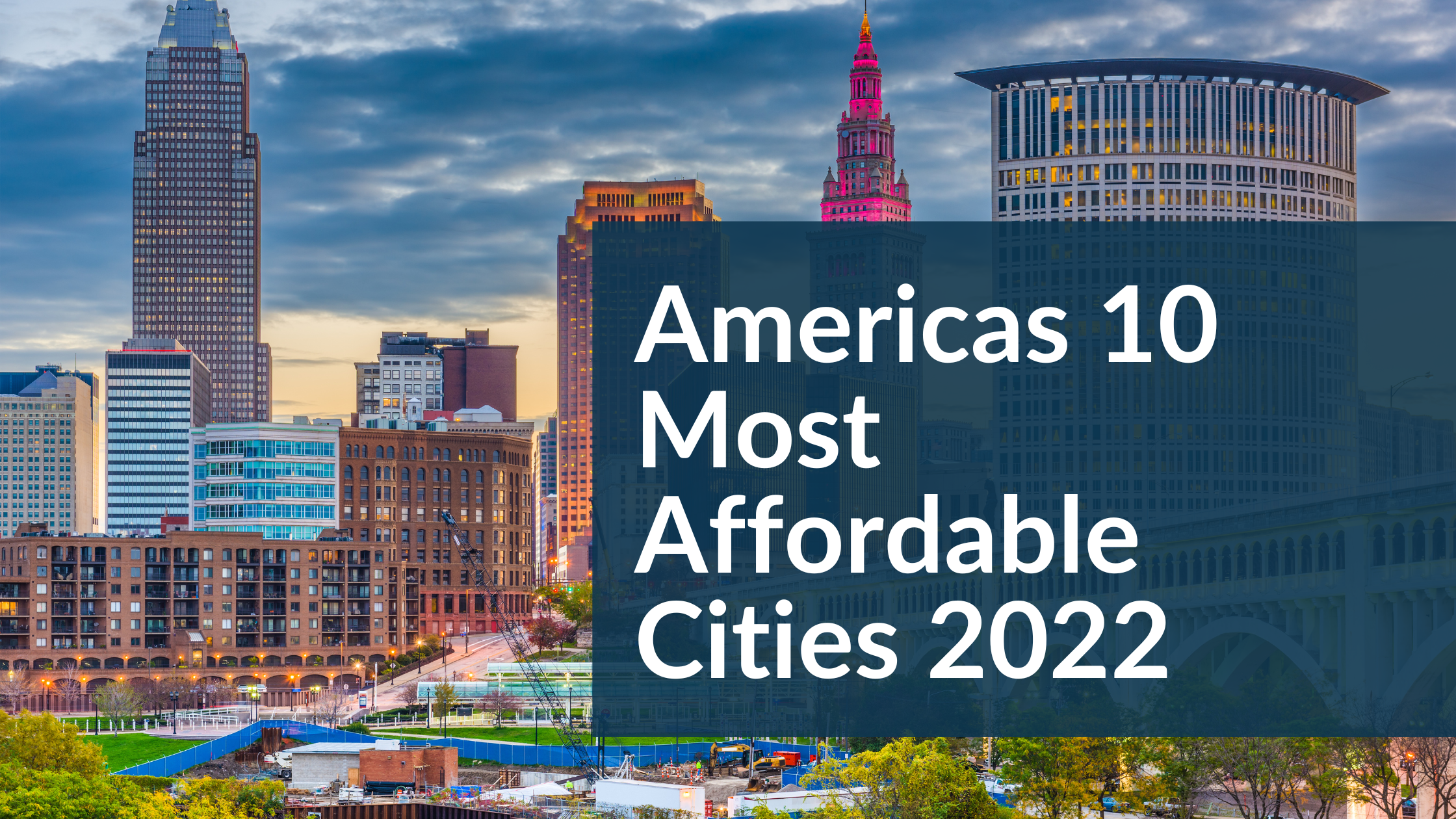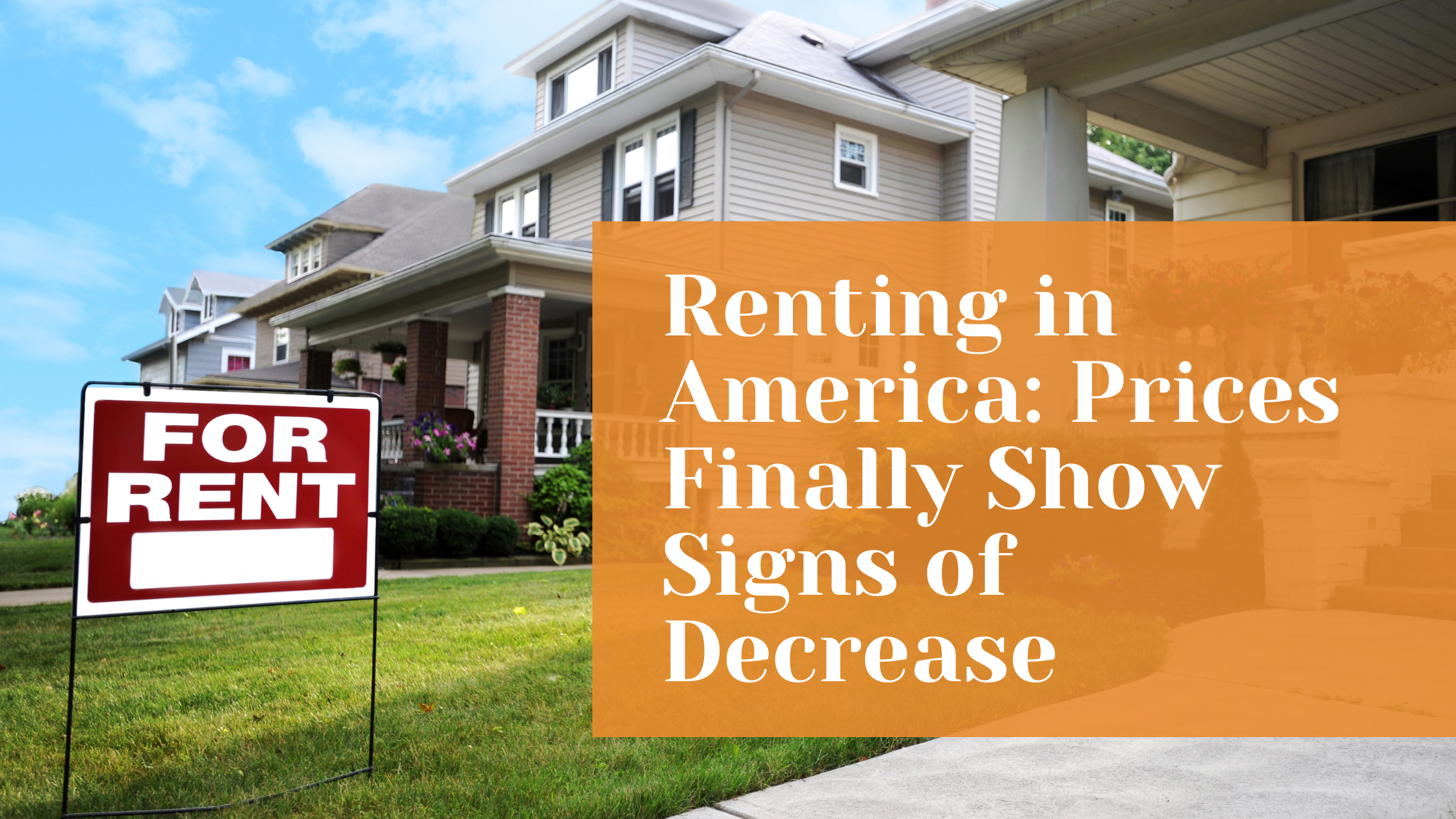Why Property Investors Are Slowing Down in These 10 Cities
.png)
Investment giants backed by venture capital as well as small businesses with fresh funds have been pouring into real estate over the past several years. Investment in real estate increased from brisk to frenetic as a result of record-low mortgage interest rates and the widespread distribution of stimulus funds. Additionally, investors, many of whom made all-cash offers, completely altered several markets, often making it impossible for first-time purchasers to obtain a property.
Due to the changes in the property market, many investors, especially smaller ones, have recently slowed down on their acquisitions.
As mortgage rates have risen and rent increases have slowed, the market circumstances that made real estate investing so appealing have begun to dry up.
Investors have been leaving markets where they previously fought head-on with first-time buyers and other purchasers, frequently prevailing in competitive bidding battles. A recent report by Realtor.com® went into the data to figure out where investor house purchases had declined the most. Potential homebuyers in these areas may do better if they don't have to compete with as many buyers who are rich with cash.
It's important to remember the data included the sales of investment homes that were financed through mortgages, as this is where the majority of new investors are likely to be. Property of this type is often bought and sold or rented out.
According to Blomquist, Auction.com's vice president of market economics, "established investors who have bigger financial reserves would be more inclined to acquire with cash." Auction.com specializes in foreclosure listings.
According to Matthew Gardner, chief economist for Seattle-based Windermere Real Estate, rising property values over the past several years have forced many of these investment purchasers out of the premier, coastal real estate markets and into smaller communities. Boise, Idaho is one example; historically, housing costs there have been lower than in major cities like New York, Boston, Chicago, and San Francisco.
However, the areas that had the largest influx of investors are now experiencing the largest outflows.
According to Gardner, "the topography has begun to transform." "Investors will be looking at cheaper markets."
Seasonally adjusted data from Optimal Blue, a mortgage data clearinghouse, shows that the share of investors utilizing a mortgage to purchase rental property or a home to flip is at a three-year low as of October. Fewer than one in every seventeen mortgages are being utilized for investment purchases, down from around one in every twelve a year and a half ago.
Many smaller investors, sometimes known as "mom and pop" investors, use mortgages to purchase real estate because they lack the vast sums of capital available to "institutional" investors, such as huge banks, hedge funds, and other financial institutions. Some of these residences are subsequently put into rental usage, which may be quite lucrative in markets with low property prices and high, steadily increasing rents. Or they buy run-down homes, fix them up, and then flip them for a huge profit after only a few months of holding the mortgage and the price of any necessary modifications or repairs.
In today's price-sensitive industry, however, success is more challenging to achieve.
An investor who wanted to borrow $400,000 for the purchase of a rental property last year at the current average mortgage rate of 3.5% for a 30-year fixed-rate loan would need to make around $1,800 per month in rent.
In the same vein, a monthly payment of around $2,700 would be required if the same hypothetical investor were to borrow $400,000 at today's approximate 7% mortgage rate. That $900 increase in rent would be unaffordable for many tenants, making the building a poor investment overall.
"Investors will leap back in when circumstances shift," Gardner says, referring to a time when either borrowing rates or prices drop significantly or when tenants can afford significantly larger rents.
Exactly where, then, have investment purchasers backed off the most? We analyzed Optimal Blue mortgage data for the 100 largest U.S. cities to get the answer. Realtor then determined which areas saw the greatest year-over-year decrease in investor purchases when the mortgage-financed purchase share peaked after the disaster.
In metro areas where it was obtainable, we also added cash-purchase data from ATTOM Data Solutions, another real estate data supplier. For the sake of balance, we only included the single metro region in each state with the biggest decline. (The term "Metros" refers to the combined populations of a major city and its outlying municipalities.)
Cities investors have slowed down buying
1. Seattle, WA
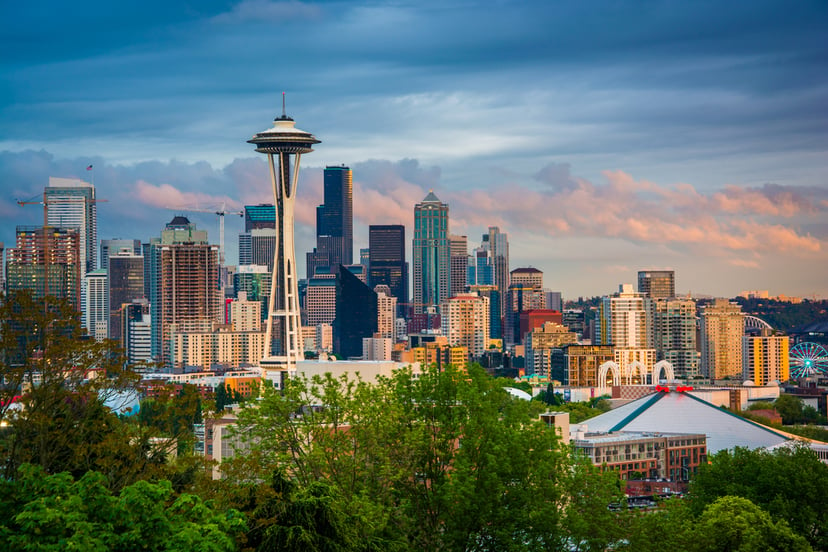
Since the returns on real estate investments in Seattle aren't what they used to be, investors have pulled back. Mortgages for investment homes now account for around 1 in every 30 taken out in the metro region, up from about 1 in every 20 a year earlier.
Gardner, of Windermere Real Estate, argues that to offset rising costs in "premium cities like Seattle," where purchasers pay $800,000 to $900,000, rents will need to reach $6,000 or $7,000.
Finding a tenant who can afford to pay that much each month is becoming increasingly unlikely for a landlord. Cash purchases, despite this, have remained relatively stable at roughly 20% of all sales in Seattle over the past year.
2. Cincinnati, OH
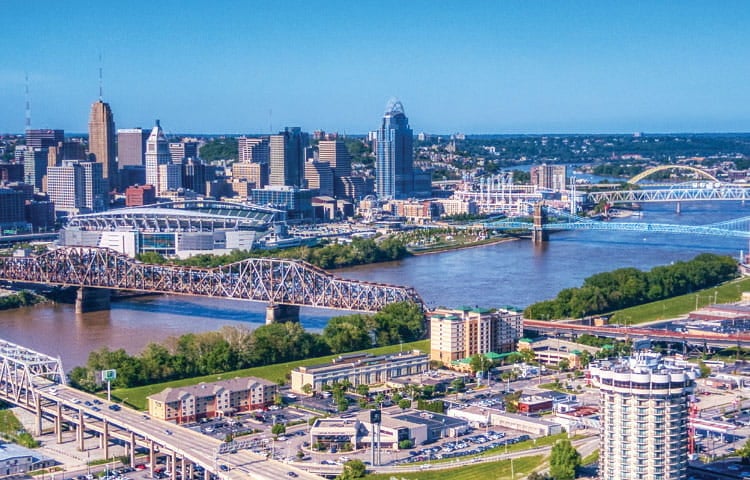
Before the COVID-19 epidemic, the proportion of houses purchased with mortgages by investors increased dramatically in Cincinnati, reaching around one in eleven mortgages. However, that number reduced to roughly one in twenty in 2022.
Cincinnati-based National Real Estate Investors Association COO Charles Tassell claims he witnessed a flood of investors drawn to the city by the region's fast-rising property values and historically low mortgage rates in the late 2010s.
Former property prices in the suburb of Deer Park, Ohio, where Tassell resided for numerous years, ranged from $60,000 to $130,000 back in the 2000s. However, in recent years their prices have skyrocketed to the $150,000-$250,000 mark.
Increases in both pricing and borrowing rates have reduced profit margins for investors.
Until prices drop a bit, Tassell adds, investors won't be eager to invest again.
3. Boise, ID
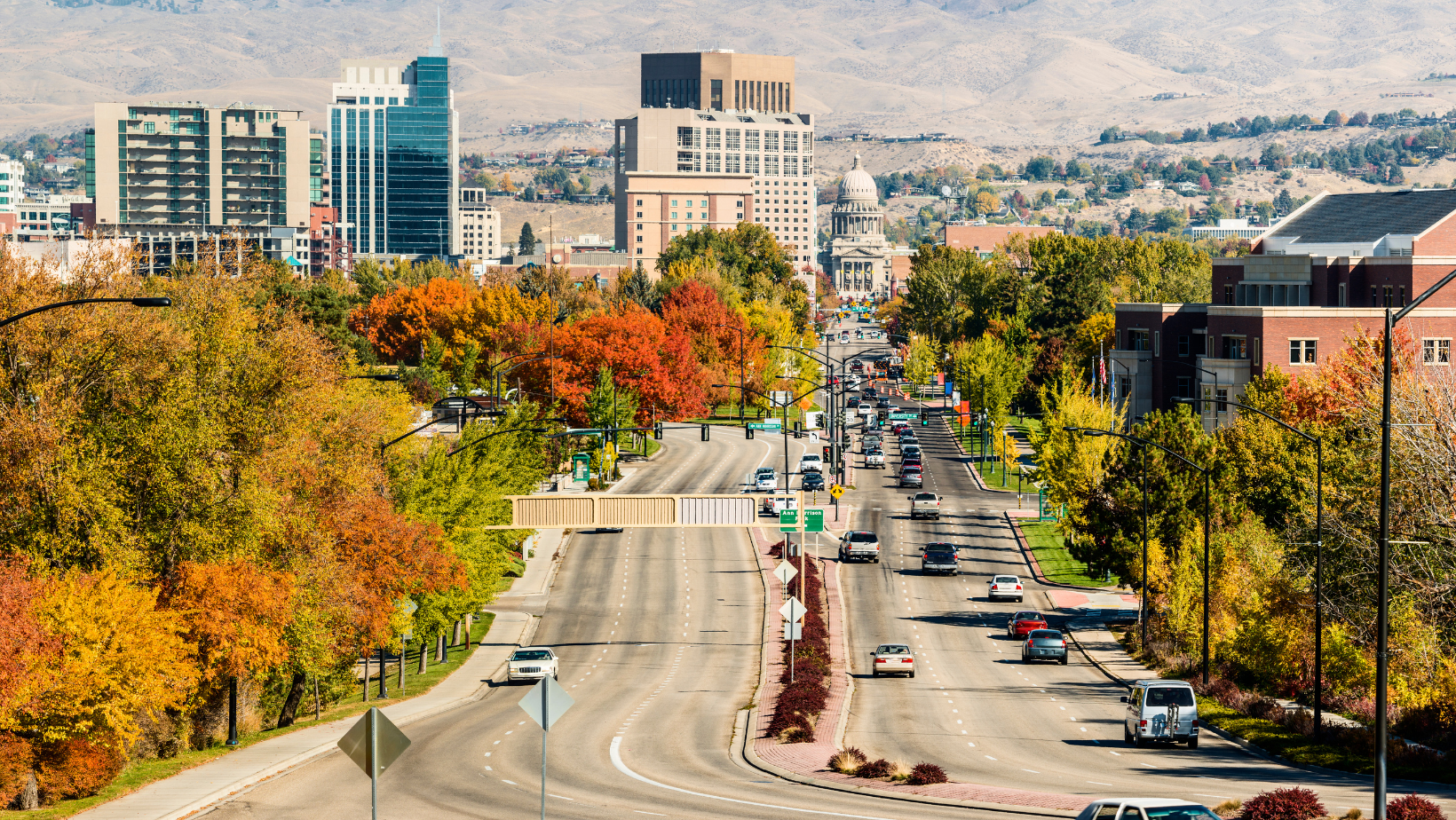
Boise, Idaho, has been at the top of "hot real estate market" lists for the past few years, and the city's skyrocketing demand and property values have earned it this distinction. Due to the epidemic, the city saw a large influx of purchasers, particularly from Californians looking to escape the state's high housing and living costs. Contractors, house-switchers, and landlords all dove in headfirst.
The Boise housing market has recently cooled, though. The local housing market has seen an increase in supply as a result of both more building and a longer duration of properties on the market. Concurrently, the number of potential purchasers is falling. As a result, October saw a near two percent drop in prices from the previous month. In addition, October's price increase was a little under 2% annually. No investor would be interested in seeing those types of data.
When the year 2020 rolled around, investors were responsible for one out of every seven mortgages. Recently, in October, the percentage of mortgages sold to investors was 5.7%, which was consistent with the national average.
4. Denver, CO
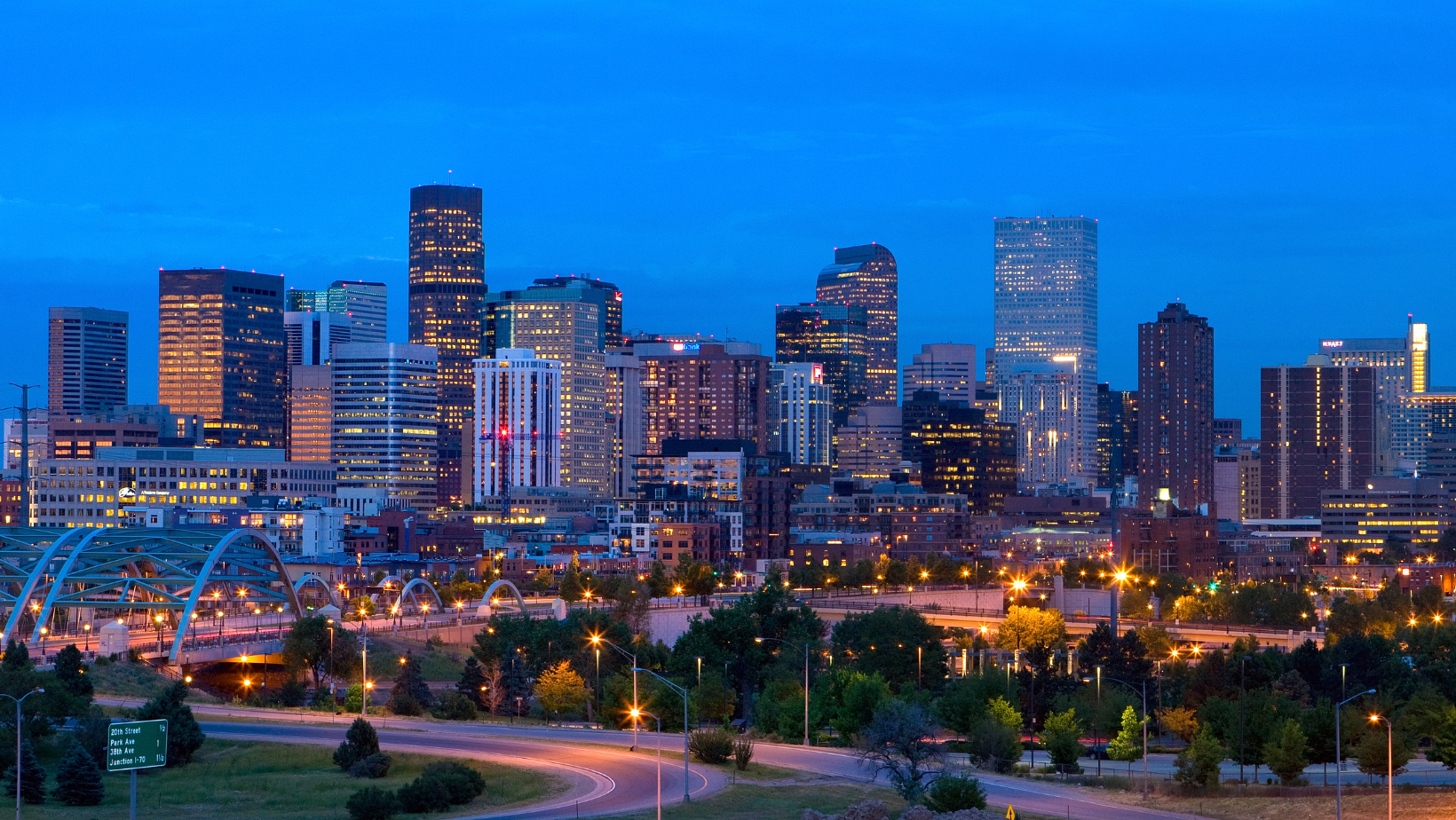
Denver's home prices have risen consistently throughout the decade of the 2010s. That made local investors feel secure as they stocked up on real estate, figuring prices would only rise.
However, the market started to flip towards the beginning of 2022. Investor interest waned as the erratic price increase of recent years came to a standstill. In October, the proportion of vendors who reduced their asking price rose by over 189% annually.
There are still certain properties in Denver that are marketed specifically to investors due to their prices being far lower than the metro average.
5. Minneapolis, MN
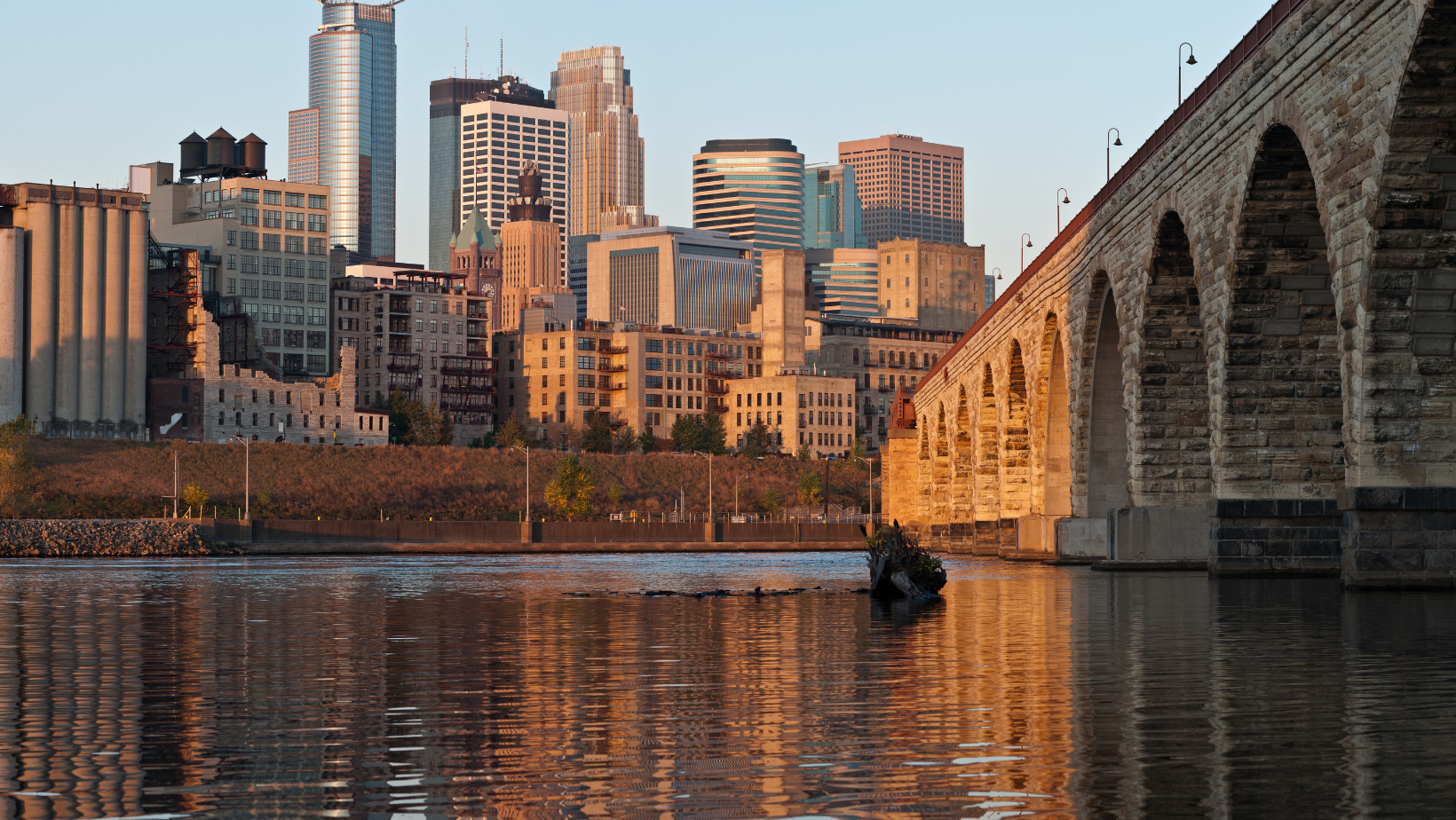
Minnesota's capital city is more renowned for its sparkling lakes and largest mall in the country than for its real estate investors. Since the coronavirus epidemic started, however, there has been an increase in the number of cash purchasers, many of whom are investors looking to turn a quick profit.
Which has opened the door for home flippers to find properties much less cheaper than the average priced home for the area.
6. Worchester, MA
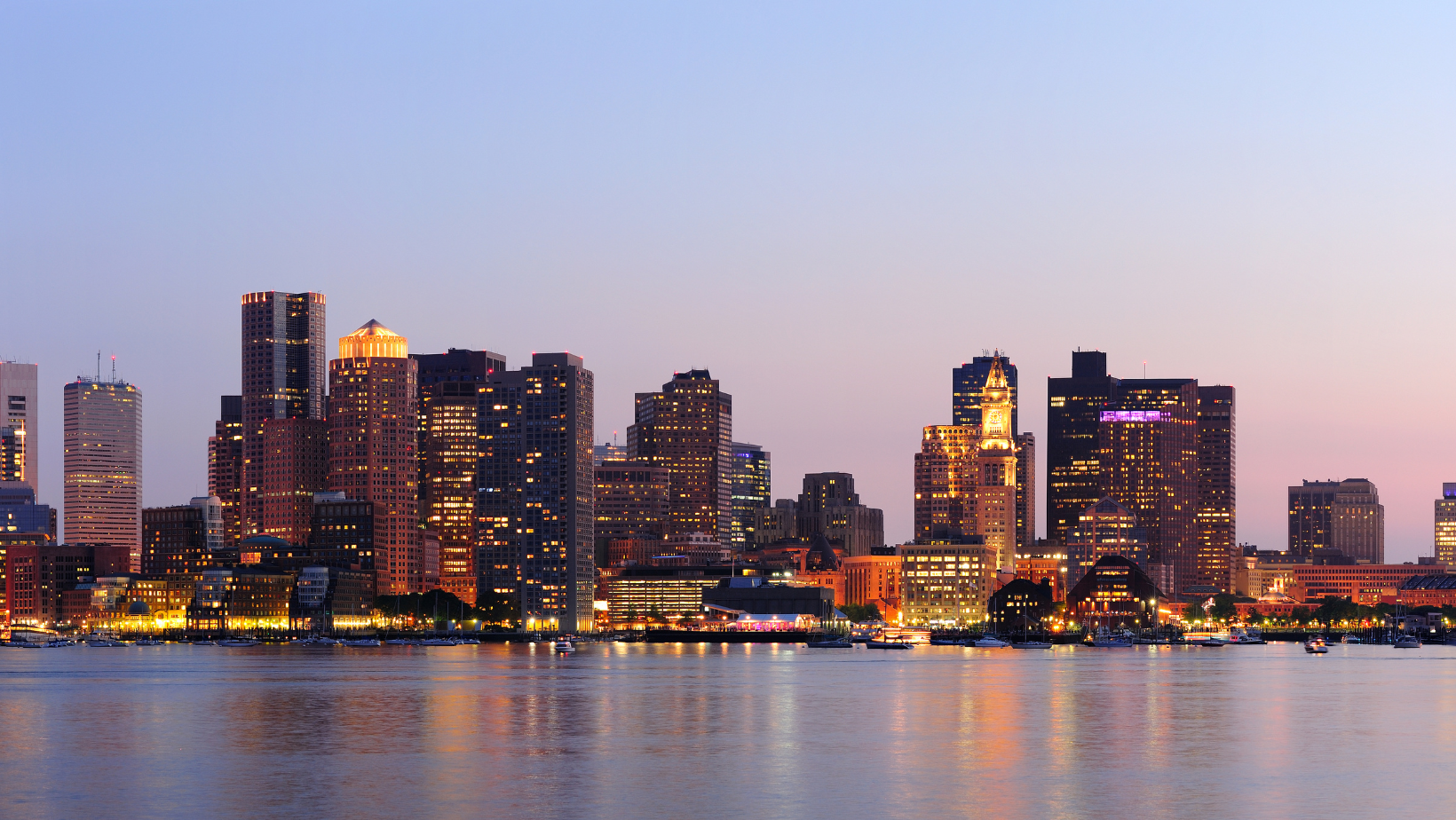
Worcester, New England's second-largest city, is located about an hour west of Boston and has been a hotbed for investor activity in recent years, according to Nick McNeil, owner and broker of McNeil Real Estate in Worcester. There was a real estate boom after the epidemic, but now investors aren't as enthusiastic.
Investment mortgages have now slipped to the lowest rate on the list (tied with Louisville, KY, at No. 9), at 1 in every 32 mortgages.
"The market has moved on. McNeil says, "They're just not that into Worcester anymore." Said no one ever: "Price tags are too high."
He claims that wealthy Bostonians with access to large amounts of cash or equity flocked to the area in order to take advantage of the cheap house prices. McNeil claims that investors are shifting their focus to smaller communities to the west and south, where this similar dynamic has not yet taken hold.
7. Oklahoma City, OK
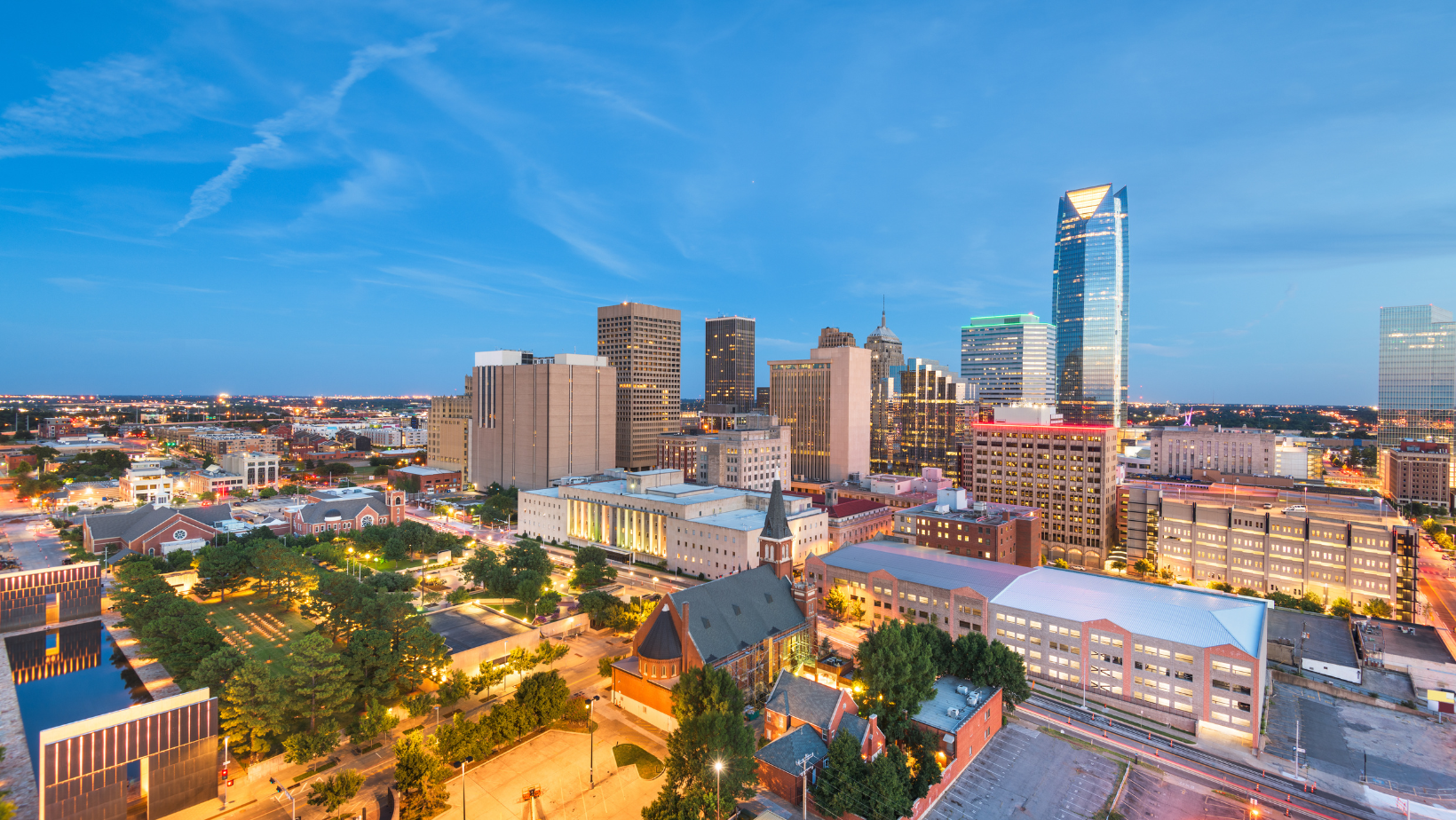
Due in large part to its cheaper property costs, Oklahoma City has been a popular investment destination for years. Mortgages sold to investors have increased steadily over the previous five years, reaching 1 in 7 in the most recent year. Since then, though, that figure has dropped dramatically.
The annual increase in home prices in the metropolitan region was 16.5% in October. That would be devastating to the returns of investors.
Seller financing is an option for this three-bedroom property in a northern neighborhood, which might result in a reduced mortgage rate and more savings for the buyer. The listing describes the property as "a terrific chance for an investor or owner who enjoys a project."
8. Pittsburg, PA

Steel City, like many other towns on the list, drew a large number of investors during the epidemic because of its low house prices and plentiful supply. Lawrenceville, East Liberty, and Garfield saw a rise in home values as a result of the influx of real estate investors looking to flip properties.
During its peak, an investor received as many as one in every fourteen mortgages. That percentage dropped to 1 in 27 in October.
About a third of transactions in the region are still made with cash.
This big three-bedroom home with garage space for four vehicles is just one example of the many listings that still offer buyers a "investment" property. It has almost an acre of land and is priced for little under $200,000. It's a "call to all investors" or something like.
9. Louisville, KY
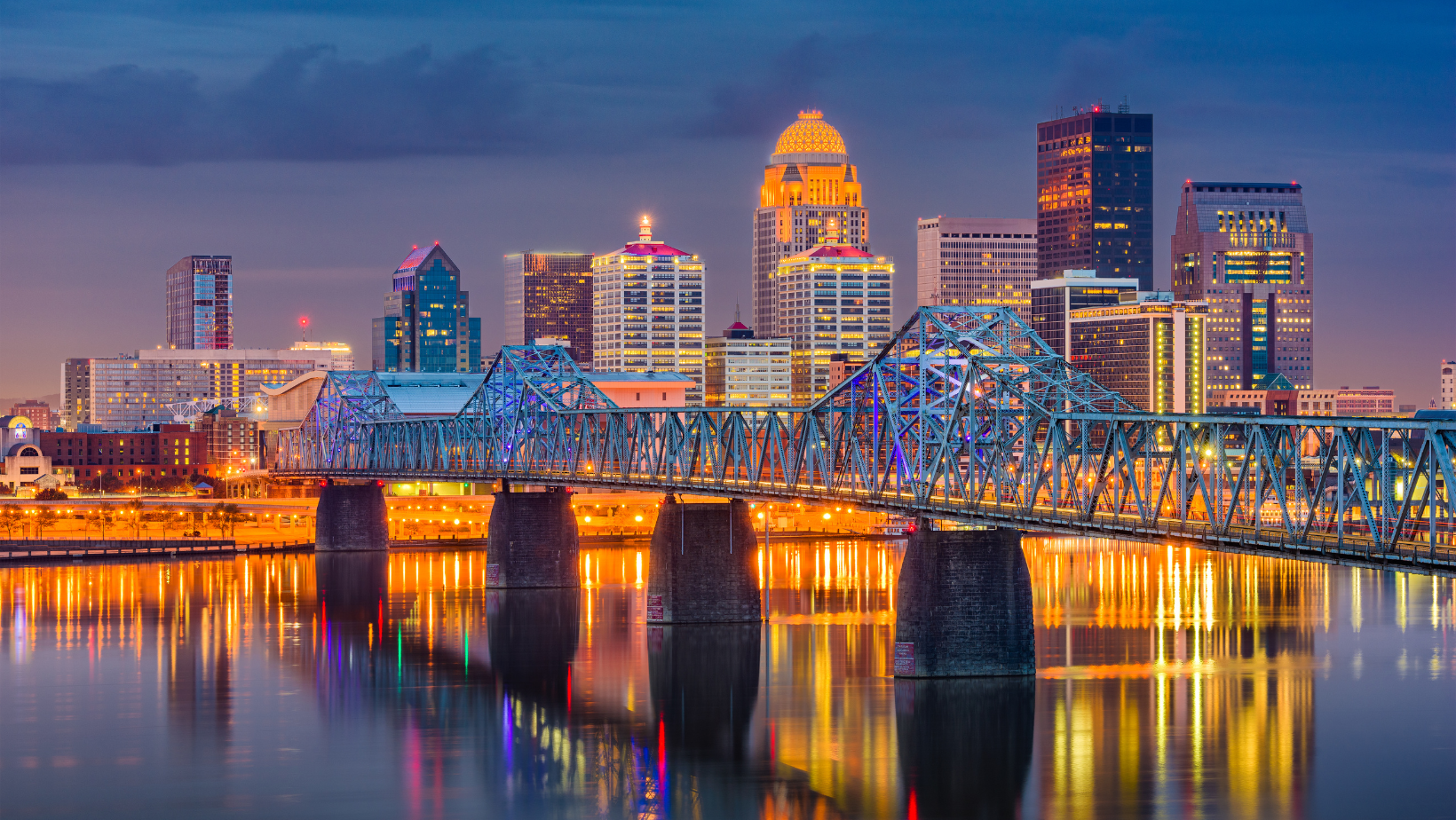
Investors have long found Louisville, Kentucky (the home of Muhammad Ali and Kentucky Fried Chicken) to be attractive because of its reduced house prices and cost of living. One in every fourteen mortgages issued during the height of the epidemic was to a cash buyer.
However, there has been a rapid increase in metro area pricing, with October seeing a year-over-year increase of around 15.6%. This has resulted in a drop in investor mortgages to 1 in every 32 taken out.
However, being the home of the Kentucky Derby, there are still opportunities for astute investors. In close proximity to Louisville's central business district is this classic multi-family building. It's on the market for a cool million dollars, and it does require some work. The listing does not pull any punches, opening with the words "INVESTMENT OPPORTUNITY!!!" to describe the property.
10. Dallas, TX
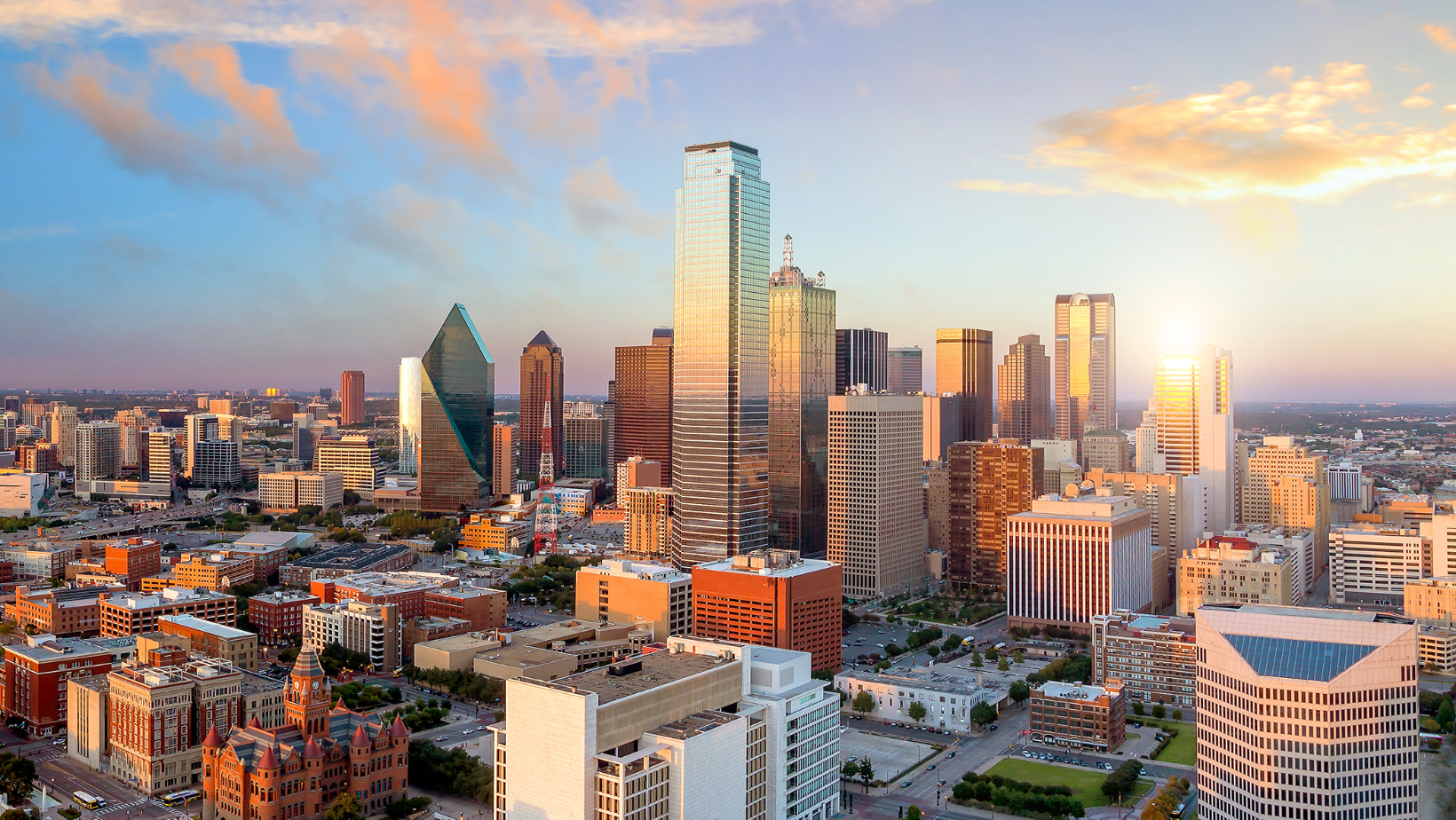
Debbie Murray, a real estate broker with Allie Beth Allman & Associates in Dallas, believes that Texans are attracted to the state because of its low taxes and relatively inexpensive housing. Considering this, it's easy to see why Dallas has had such a population boom in recent years.
She explains that a few years ago, a large single-family home could be purchased for approximately $250,000, but now the starting price is closer to $450,000.
“We are a falling market for investors,” she adds, since they want to find a good deal, one that promises a solid return, and that’s harder and harder to find anymore.
By the middle of 2022, just one out of every 25 to 30 mortgages was sold to an investor, down from 1 in every 13 in late 2021.
Murray claims that Dallas, like many of the other cities on the list, provided investors with a low-cost opportunity to acquire and renovate residential properties for the purpose of renting them out or selling them for a profit. However, the potential isn't what it was even a year ago due to appreciation and high borrowing rates.
She believes they have been priced out of the market "if they are not a cash buyer."
Where have you been having success at? Let us know in the comments below!
